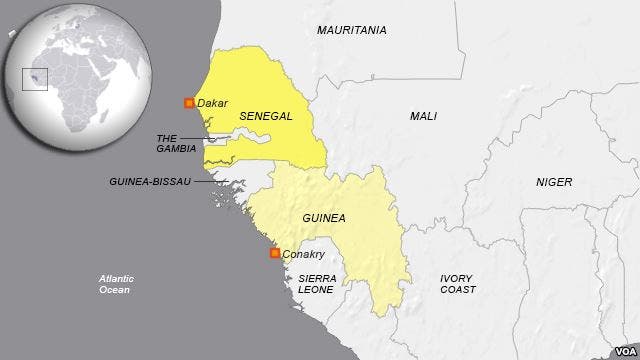According to scientists working with the World Health Organization in West Africa, the official numbers regarding the Ebola outbreak are underestimates. The death toll from the world’s worst outbreak of Ebola stood on Wednesday at 1,069 from 1,975 confirmed, probable and suspected cases, the agency said. The majority of the case were in Western Africa.

According to the agencies, government officials are grossly underestimating the situation, ignoring the need for stronger measures.
“Staff at the outbreak sites see evidence that the numbers of reported cases and deaths vastly underestimate the magnitude of the outbreak,” the organisation said on its website. “WHO is coordinating a massive scaling up of the international response, marshalling support from individual countries, disease control agencies, agencies within the United Nations system, and others.”
Guinea has declared a public health emergency and is sending health workers to all affected border points; 307 people have been killed by Ebola in Guinea (at least that’s the reported number). Guinea claims the outbreak is under control within its borders, but further measures are required in order to prevent infections from neighboring countries.
“Trucks full of health materials and carrying health personnel are going to all the border points with Liberia and Sierra Leone,” Aboubacar Sidiki Diakité, president of Guinea’s Ebola commission, said late on Wednesday.
There are 3,000 people are waiting at 17 border points for a green light to enter the country, he said.
“Any who are sick will be immediately isolated. People will be followed up on. We can’t take the risk of letting everyone through without checks.”
Meanwhile, several countries in Europe are starting to report Ebola suspects, fueling concerns that the disease might spread to other parts of the world.






